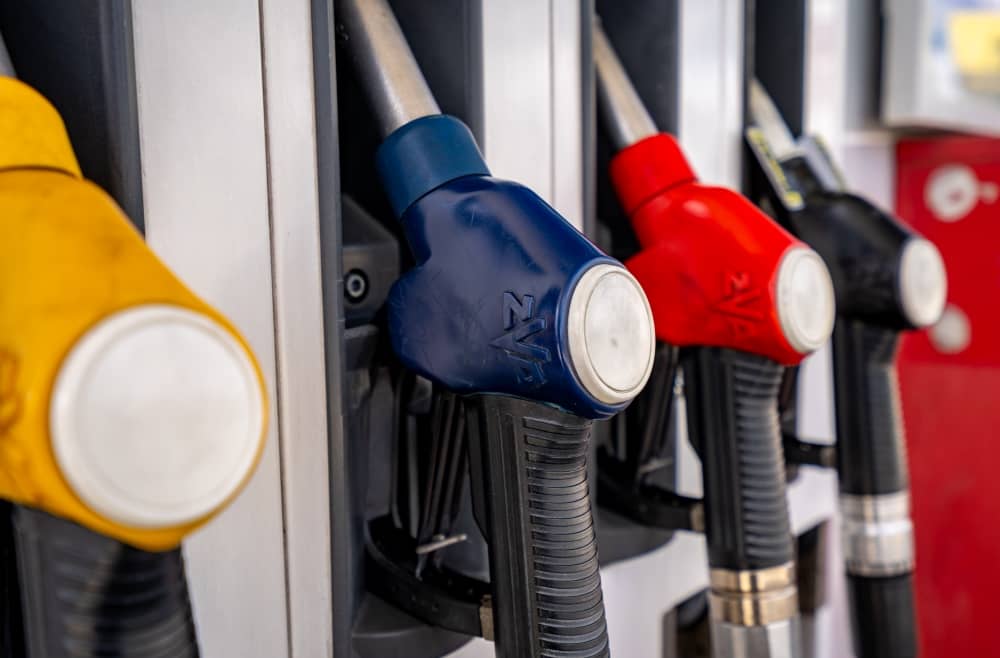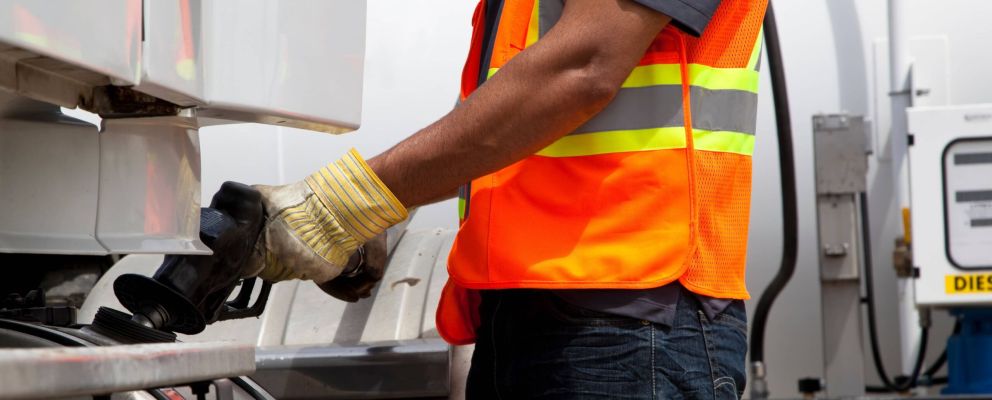Fuel is very important for trucking companies. Without it, you cannot conduct your business. It is, therefore, no surprise that expenditure on fuel is among the most considerable expenses for such a business. In fact, according to research, fuel costs constitute more than half of the company’s operating expenses. Cutting down on the annual expenditure on fuel can have a tremendous positive impact on the company’s profits.
This article is for fleet managers and business owners looking to reduce fuel consumption. Reducing fuel consumption for your fleet is very easy. Start by reducing the fleet management costs per vehicle, among other methods discussed in this guide.
Ways to Increase Fuel Economy
Fuel economy refers to the amount of fuel it takes to transport the goods from one point to another. With the already high and constantly increasing fuel prices today, fuel economy is a significant factor in trucking profitability. There are many ways to reduce fleet fuel costs other than reducing fuel consumption. Here are four great strategies to improve your fuel economy for a guaranteed increase in profit.
1. Improved Driver Behavior
The most significant way of increasing your fleet’s fuel economy lies in the hands of the drivers. The way your drivers operate their vehicles directly influences the amount of fuel consumed. If you are thinking of reducing fuel consumption in trucks, start by improving the behaviour of your drivers. This trick does some incredible magic. Drivers can significantly reduce fuel consumption and fuel costs in the following four key areas.
Speed – Whereas driving at high speed means less time to reach the destination; there is a catch. For every 5-mile truck drive of over 60 mph, there is a decrease in fuel efficiency of 0.7mile per gallon. Assuming you are driving 100,000 miles annually, you could save up to $10,000 on fuel.
Momentum – Conserving the momentum once at speed is key to lowering fuel consumption. There are several strategies for managing rate to save on fuel as follows:
- Increasing the following distance allows more space between the vehicle in front and the truck. This will enable drivers to maintain their speed and staying off-breaks.
- Driving in a higher gear coupled with proper cruise control use reduces the need to shift gears and lowers gears use more fuel.
- Planning ahead of mountainous and hilly terrains to reduce the need for acceleration. Planning allows the driver to anticipate such landscapes hence maintaining momentum.
Acceleration rate – The rate at which the driver accelerates the truck determines the amount of fuel used. Drivers should accelerate more gradually by using progressive shifting to reduce fuel use.
Idle Time – This concept is often overlooked. Most drivers will leave the engine running when loading and offloading or when fuelling or resting. This unnecessarily burns fuel that could have otherwise been used in hauling. Drivers can save fuel by reducing the idle time by shutting the engine off when parked or leveraging technologies such as auxiliary power units.
By training your drivers on fuel-efficient driving techniques, you can ensure their safety besides cutting down on the amounts of fuel.
2.Use of Fleet Data Insights
Fleet management is essential in keeping the fleet running on time, efficiently, and within budget. This is made more accessible by using fleet management software that controls critical vehicle data in one place. With all the necessary reports and data on your trucks readily available, you can make essential decisions regarding management. This can also help reduce the fleet management cost per vehicle hence overall cost reduction.
Regular reporting will also detect any anomalies among the cars in your fleet, including too much fuel consumption. Research by shell revealed that 93% of trucking owners believe that their drivers commit fraud activities. With this strategy, you can detect any such actions by your drivers and act on them as soon as possible. Telematics data can help fleet managers increase fuel economy by revealing how drivers perform. Therefore, you can be able to make adjustments and improvements as and when required.
3. Tracking Fleet Fuel Usage
Tracking the fleet’s fuel usage is another tried and true strategy that guarantees an increase in fuel economy. It can be done by using a fuel card program. Using fuel cards brings with it many benefits, including the following:
- Ability to detect and prevent card fraud since all fuel purchases are recorded and monitored.
- Discounts
- HMRC approved invoicing
- Less paperwork
There are many fuel card providers, and it is crucial that you carefully select the best one with proper reporting tools. This will ensure that you can obtain vital information about fuel usage in terms of cost per unit and miles per gallon. You can also integrate fuel cards with a fleet management system to get a clear picture of your fleet’s fuel consumption.
Tracking also allows for better route planning that may reduce the overall driving miles and hence fuel consumption. One quickest way to cut fuel costs is by lowering mileage to increase business profits. Using a fleet management system with GPS tracking helps you to know how your trucks are spread out on the map.
4. Replacing Costly Vehicles
Evaluating the total cost of owning each vehicle from time to time is very important in telling the cost of ownership. Cost of ownership includes insurance, repair and maintenance, fuel consumption, and taxation. Consider the fleet management cost per vehicle and then decide which vehicle to replace.
It may be very beneficial and rational to replace some of the costly vehicles in your fleet with others that cost less in terms of management. For example, you may see long-term benefits in fuel cost reduction if you replace smaller vehicles with a higher mpg or electric trucks with cheaper trucks to maintain.

Benefits of Increasing Fuel Economy to Business
Increasing fuel economy across your fleet has several benefits for your business.
- Increases Profits – From the basic economy, reducing costs results in increased benefits. Since fuel expenses take a big chunk of the overall running costs cutting them down means more is retained as profits. Therefore, it is the most significant benefit to the business as making profits is the company’s primary goal.
- Reduced Operating Cost – Reduced fuel consumption will automatically lead to a reduction in operating costs. This is mainly because fuel costs are the leading expenditures for trucking companies.
- Cuts On the Tax Bill – Even though some taxes are avoidable, others are not. The vehicle excise duty depends on the CO2 emissions and fuel type. You will pay less tax if you use a fuel-efficient vehicle, and you can avoid tax if your vehicles emit low amounts of CO2.
Conclusion
The high and constantly increasing fuel prices will continue to pose a challenge to the profitability of companies operating a fleet of vehicles. Since fleet managers cannot do anything about the prices, they can decrease their consumption instead. Cutting down on fuel expenditure is very crucial to reducing the overall fleet expenditure. Training your drivers to use efficient fuel utilization techniques, tracking vehicle fuel usage, and replacing costly vehicles to maintain are some of the many strategies you can use to reduce fuel costs and, therefore, expenditure on fuel. By using fleet management software, you can reduce your fuel costs, starting with fleet management costs per vehicle.





